Key seafood product exports grow slightly
Vietnamese shrimp, pangasius and tuna export revenue increased slightly year on year in the first ten months of 2016 due to challenges in raw material production, the strong competition in most major importing markets.
VASEP reported that total shrimp exports continued to increse thanks to the good growth in the export value to the three key markets: the US, the EU and China. Up to October, the sales of this crustacean grew by 5.2 per cent from the same period last year, to USD 2.58 billion. This increase in value reflects the highest income generated by white-legged shrimp sales, which increased by 11.3 per cent but also a negative effect caused by the drop in black tiger shrimp exports by 4.8 per cent.
The US remained the largest market of Vietnamese shrimp, accounting for 23.4 percent of total exports in the analysed period. Besides, through October, the country was the biggest consumption market for white-legged shrimp produced by Vietnam’s enterprises. Data from the United States International Trade Commission (USITC) showed that at present Vietnam ranks the 4th largest supplier of shrimp to the US. This entity reported that while shrimp imports from suppliers such as Indonesia, India, Thailand, and Ecuador into the north American country fell in the first half of this year, those from Vietnam increased slightly over the same period last year. There was also an increase in Vietnamese shrimp exports to China, by 24.7 per cent year on year.
As to the second important Vietnamese export, pangasius, compared to January-October 2015, the proportion of the sale of this species to the US and China rose by 6.4 per cent, to USD 1.39 billion. According to VASEP, so far high anti-dumping duty and catfish inspection program has not influenced much to exports to the US but that Vietnam’s pangasius exports to this market still had to fiercely compete with Chinese tilapia in the American market.
In the case of tuna, as of October, Vietnam’s sales abroad reached USD 410 million, representing a growth of 5.2 per cent compared to the same period last year. During this period, Vietnam’s enterprises tended to boost exports of frozen tuna loins and steamed tuna loins or flake form. Exports of the former generated USD 196.3 million, accounting for 47.8 per cent of total tuna exports. In October, Vietnam’s tuna exports to some major importing markets reported a slight year-on-year rise. Exports to the US increased by 0.6 per cent; those to EU up 4.9 per cent, those to ASEAN grew 16.8 per cent; those to Israel increased 22.7 per cent; and those to China rose 54.6 per cent over the same period last year. Meanwhile, tuna exports to Israel increased by 22.7 per cent and 54.6 per cent those sent to China. The agency expects that total tuna exports in 2016 will rise by 5-7 per cent compared to the same period last year.
Milan-Fis


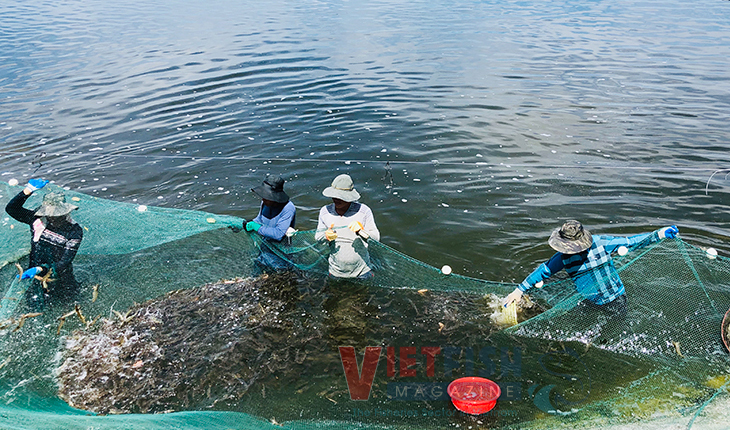
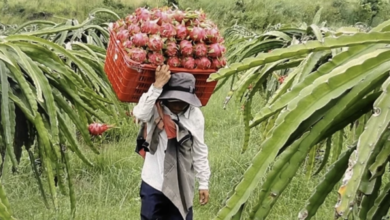
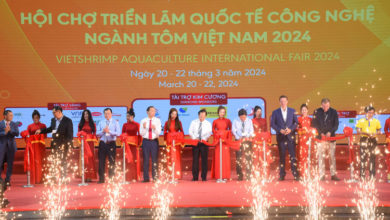
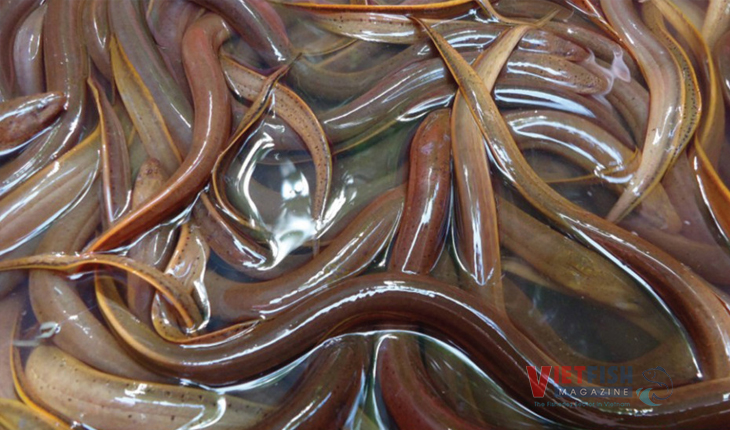
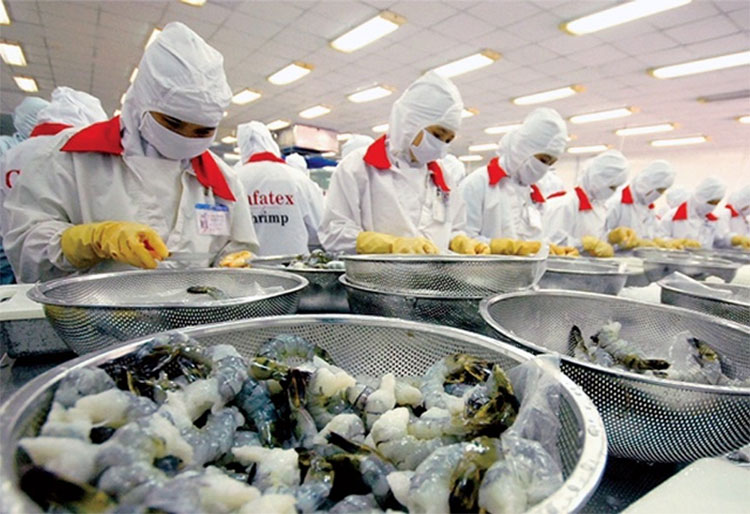
That addersses several of my concerns actually.